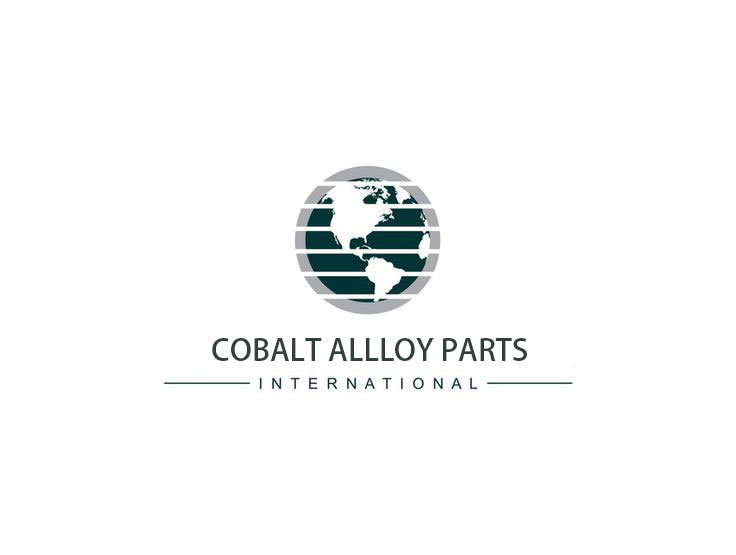
Homogenizator Valve: Alloy 20 VS Tungsten Carbide
2025-02-19 09:00Homogenizer valves are critical in industries requiring precise fluid control under corrosion conditions, such as chemical processing, pharmaceuticals, and food production. Selecting the right material—Cobalt Alloy 20 or tungsten carbide—directly impacts durability and operational efficiency.
2025/2/19, a Turkish customer sent an email, hoping that we could introduce the difference between our material and tungsten carbide. He said: "we use them in milk homogenization. original from german as tungstean carbide. can you recomend us your products much better tan tc mtrl?"
Tungsten carbide can resist wear very well, but when there's corrosion media, it can not resist the corrosion well. But cobalt alloy 20 can resist wear and corrosion at the same time. For the milk Homogenizer Valve.
Tungsten carbide (WC) is a composite material made of tungsten and carbon through a specific process. It is widely praised for its extremely high hardness and wear resistance. It has a melting point of 2870°C, allowing it to maintain excellent performance even in high-temperature environments. Tungsten carbide is widely used to manufacture parts that require excellent wear and impact resistance.
Cobalt alloy 20 are alloy materials composed of cobalt and other alloying elements such as chromium, nickel, etc. They generally have good wear resistance, corrosion resistance and high temperature stability. Cobalt alloy 20 perform well in high-temperature and corrosive environments.
